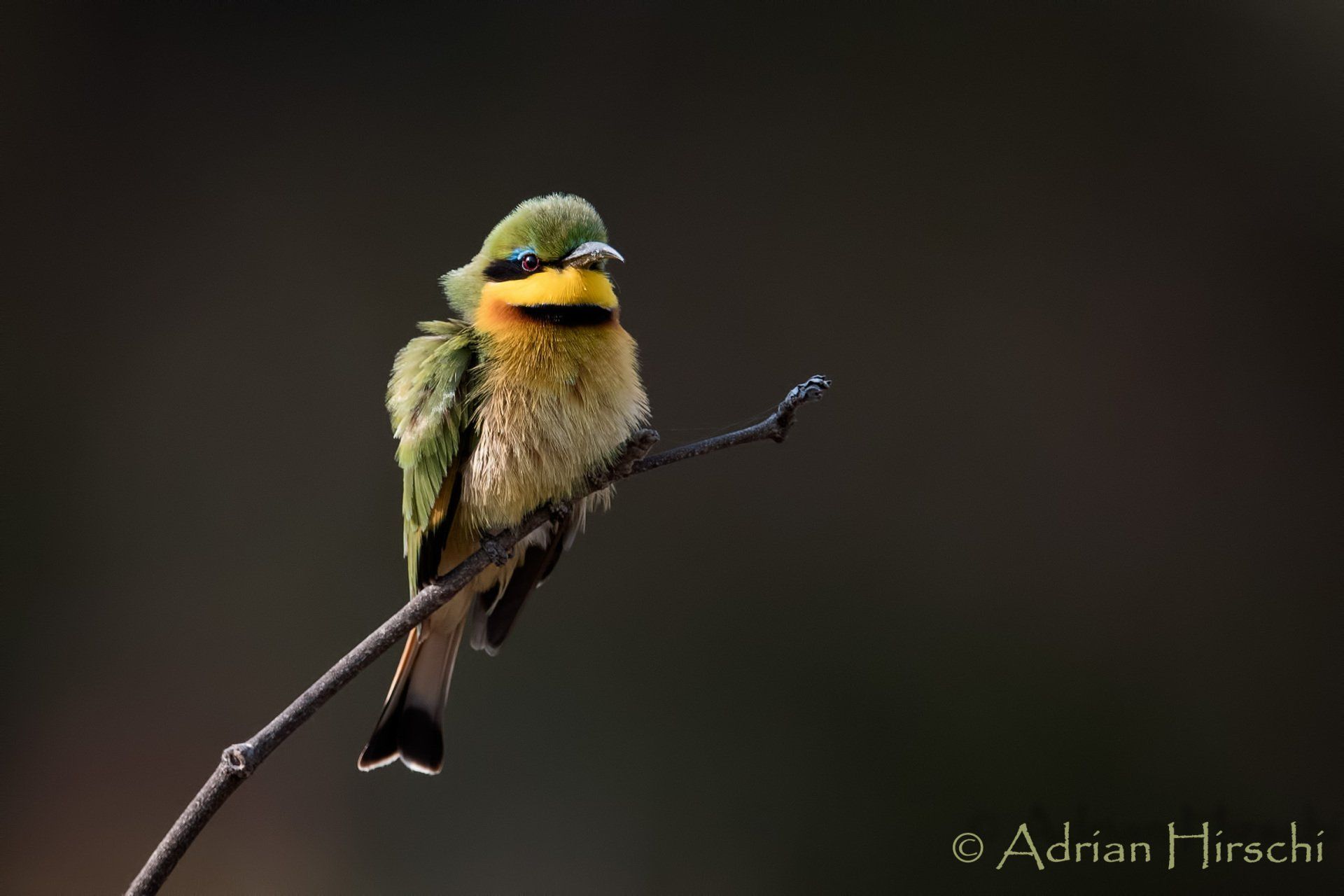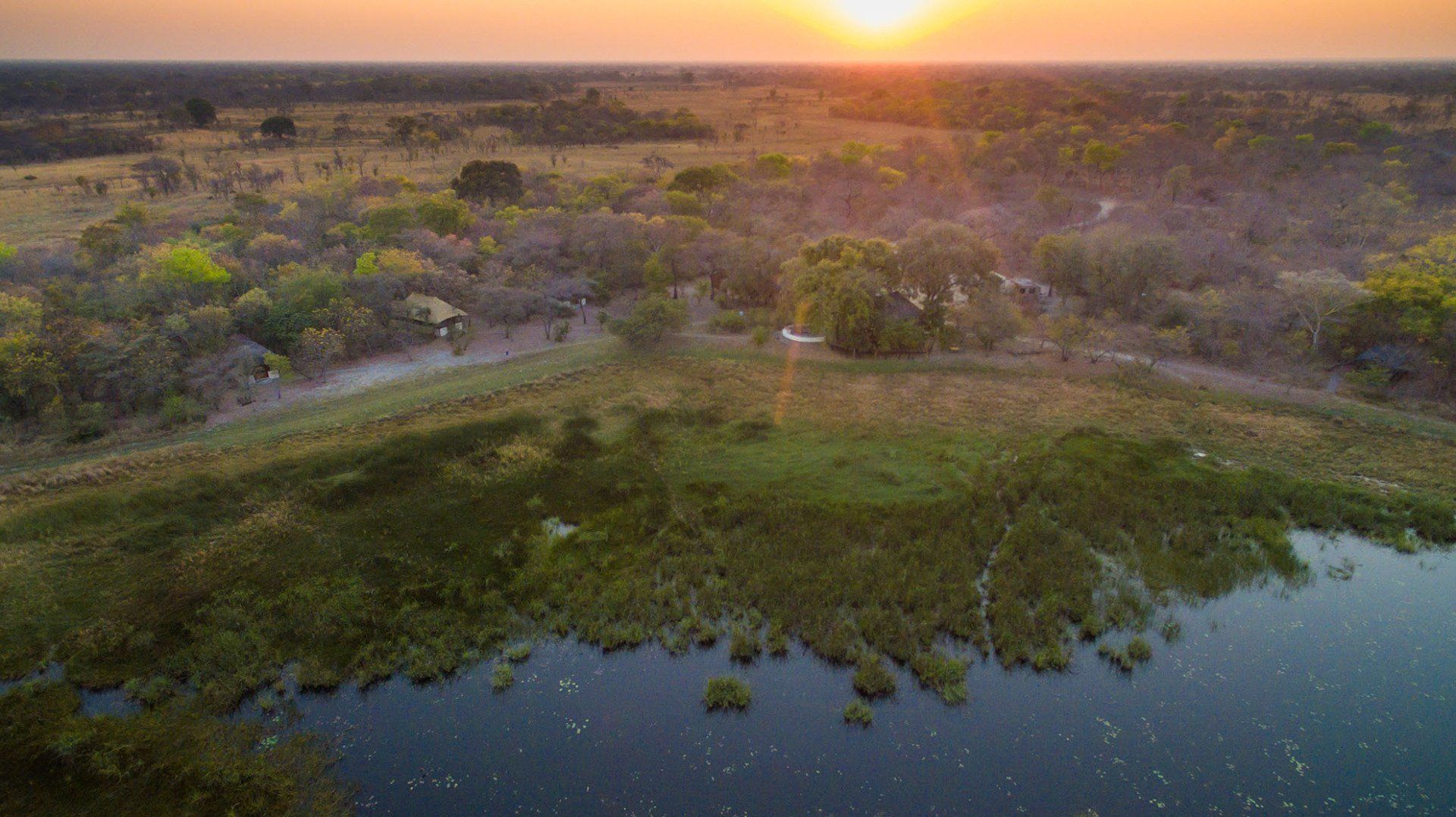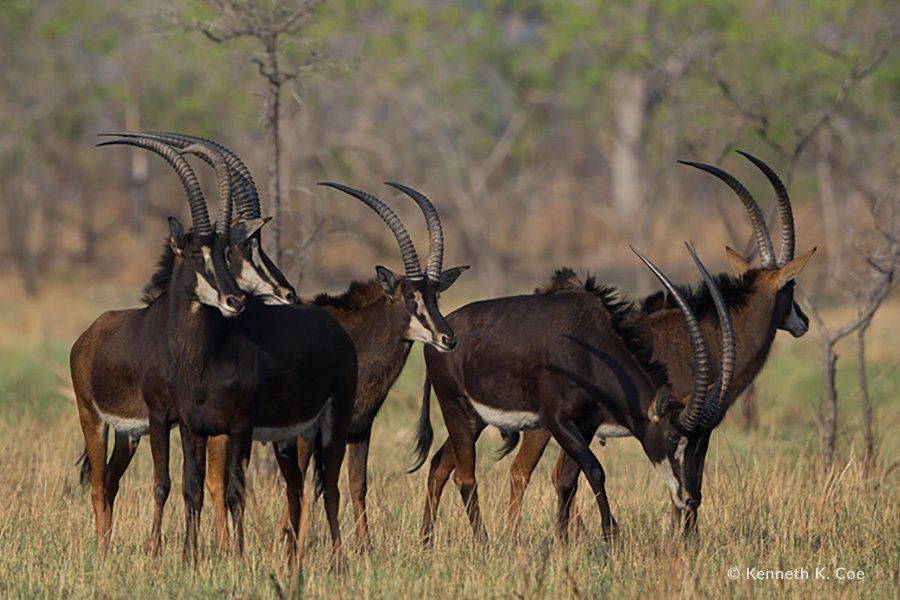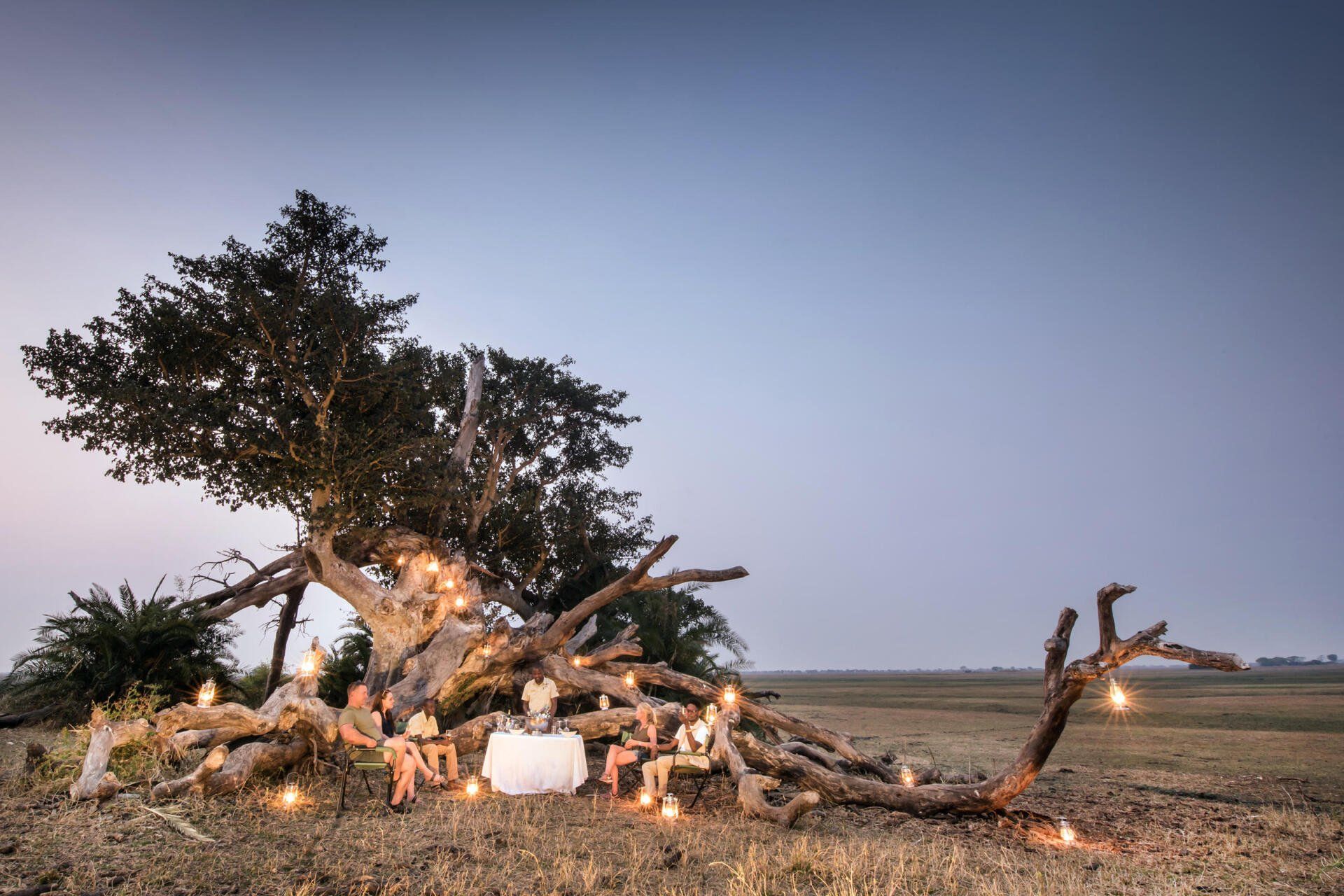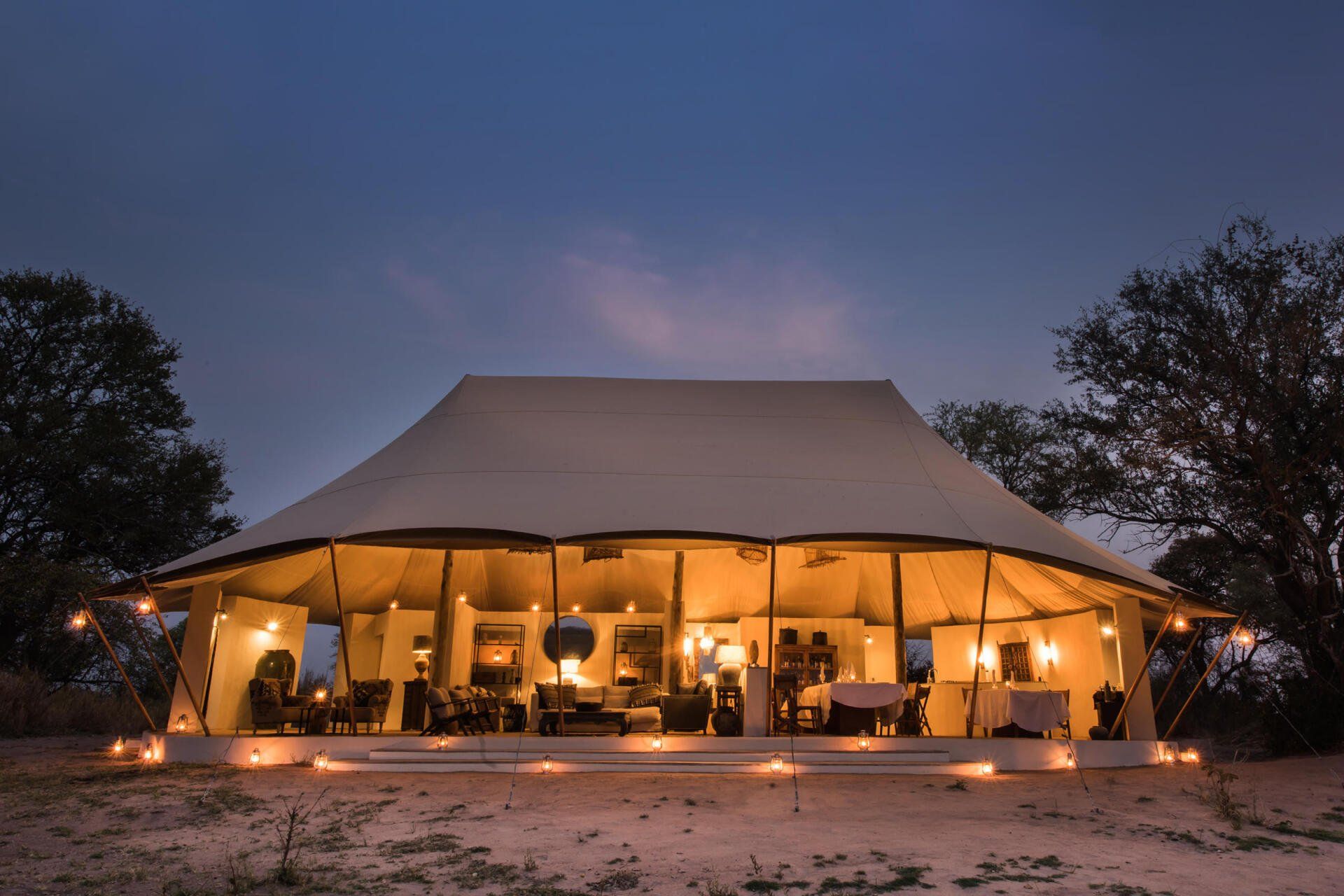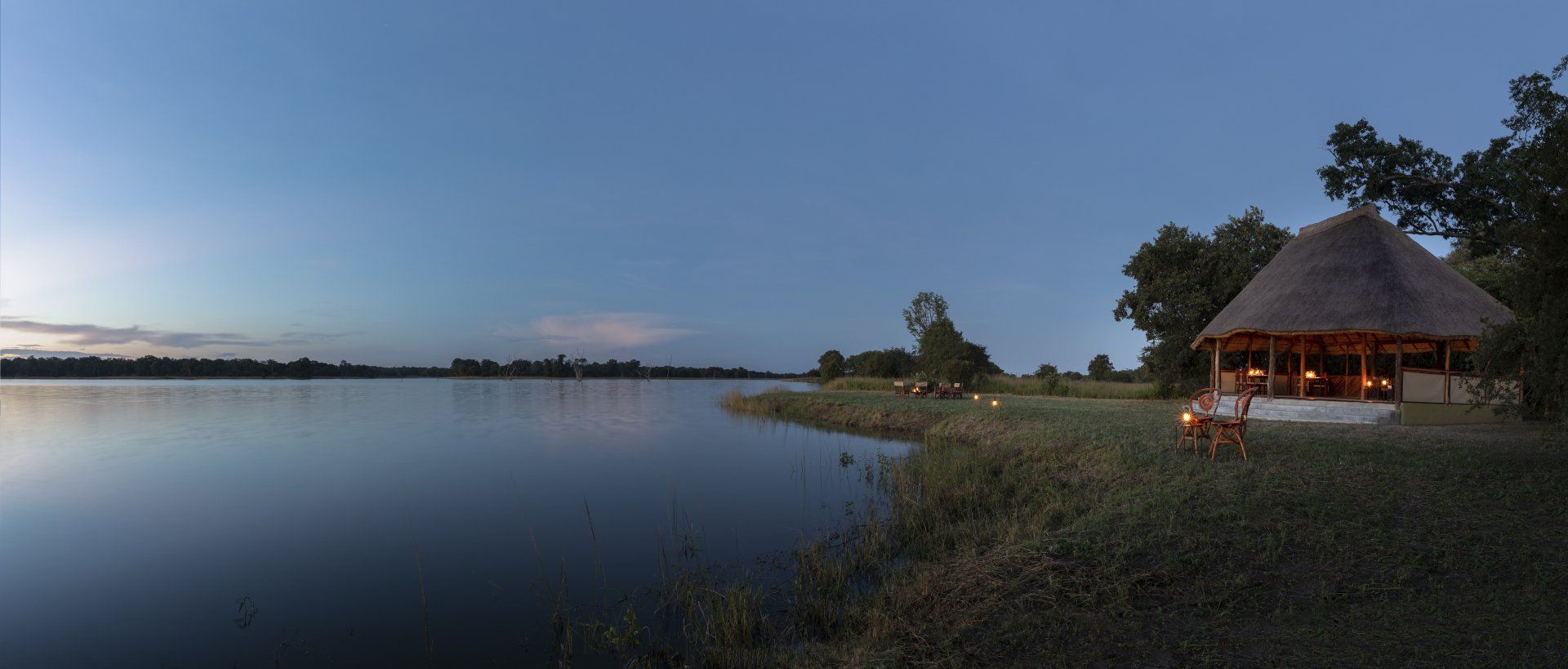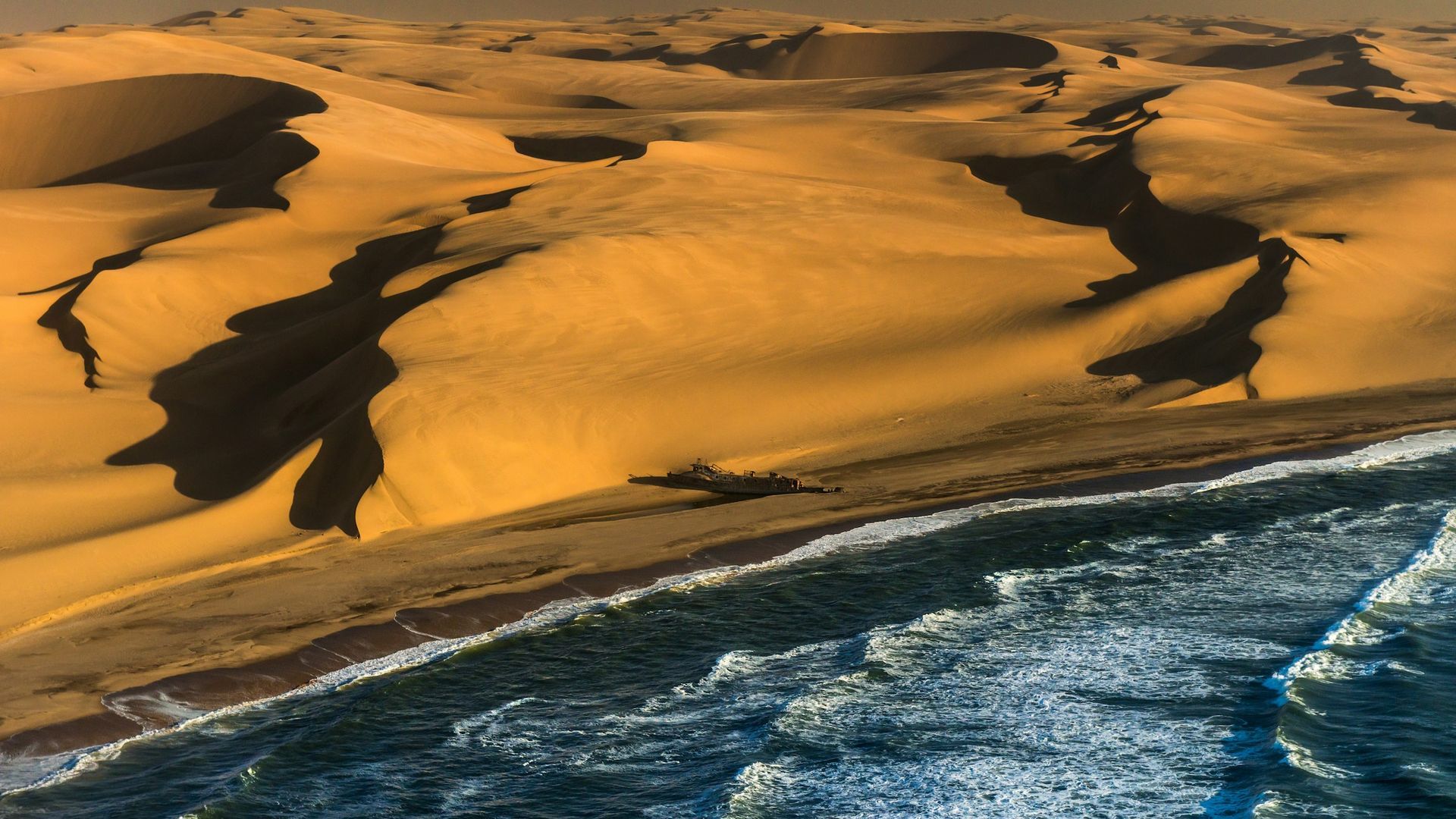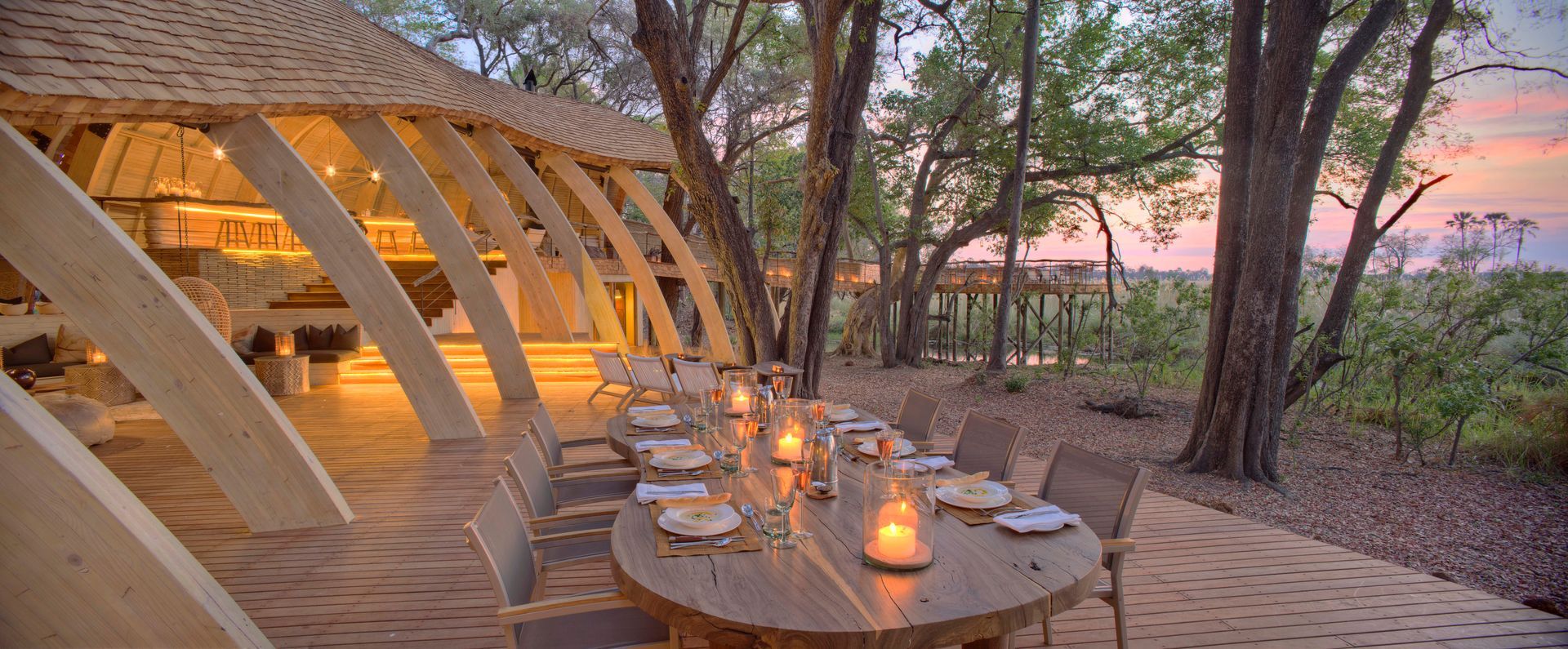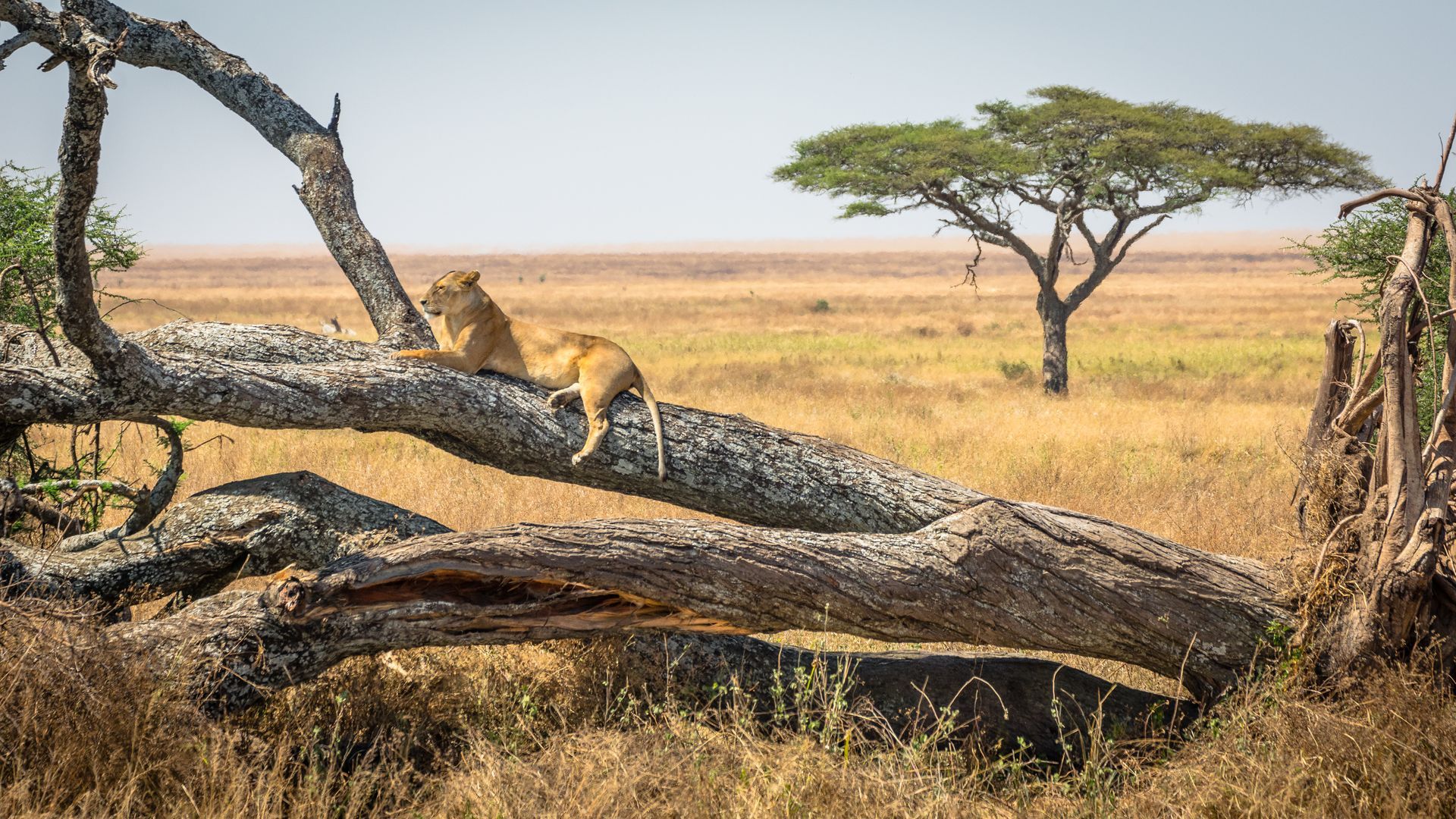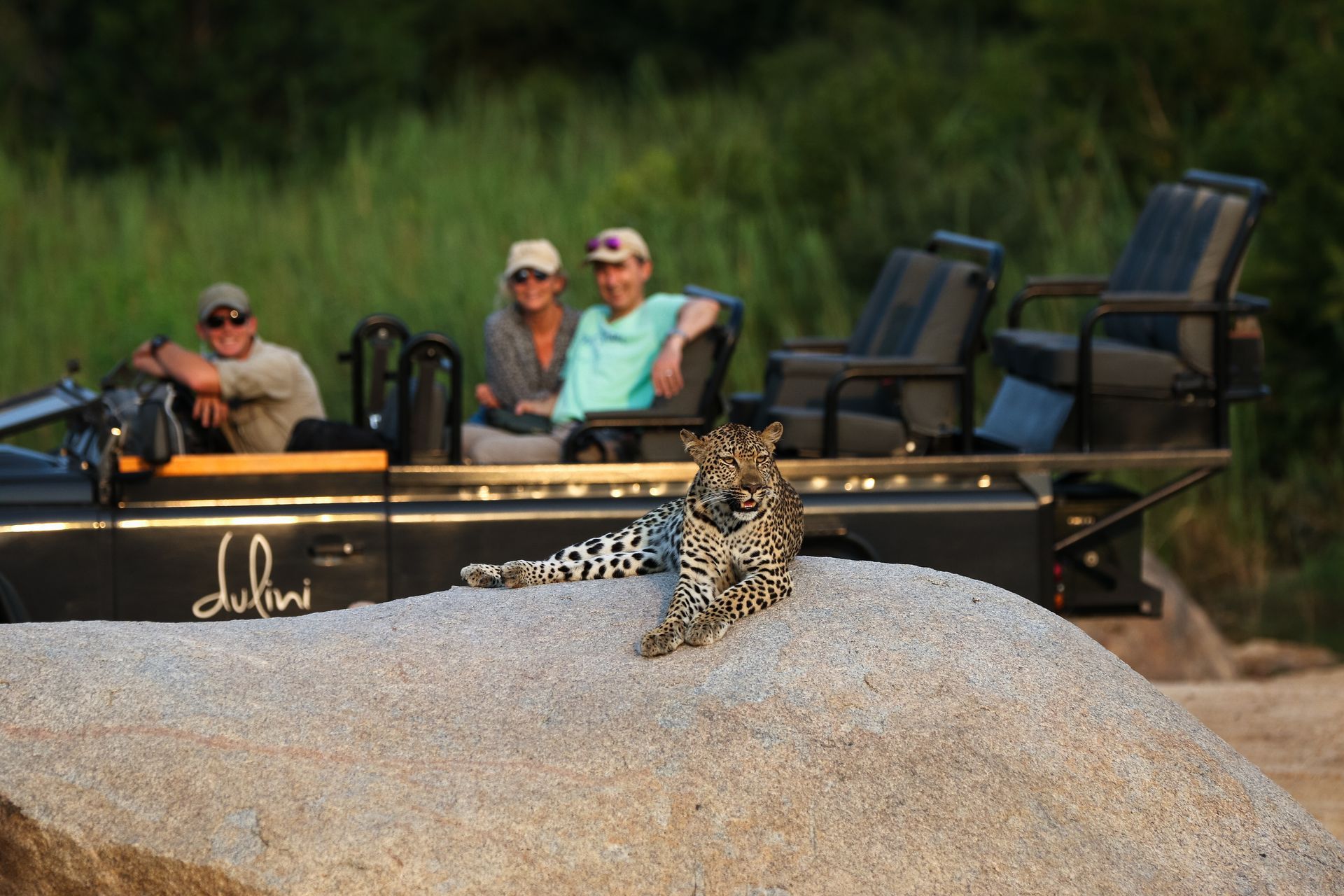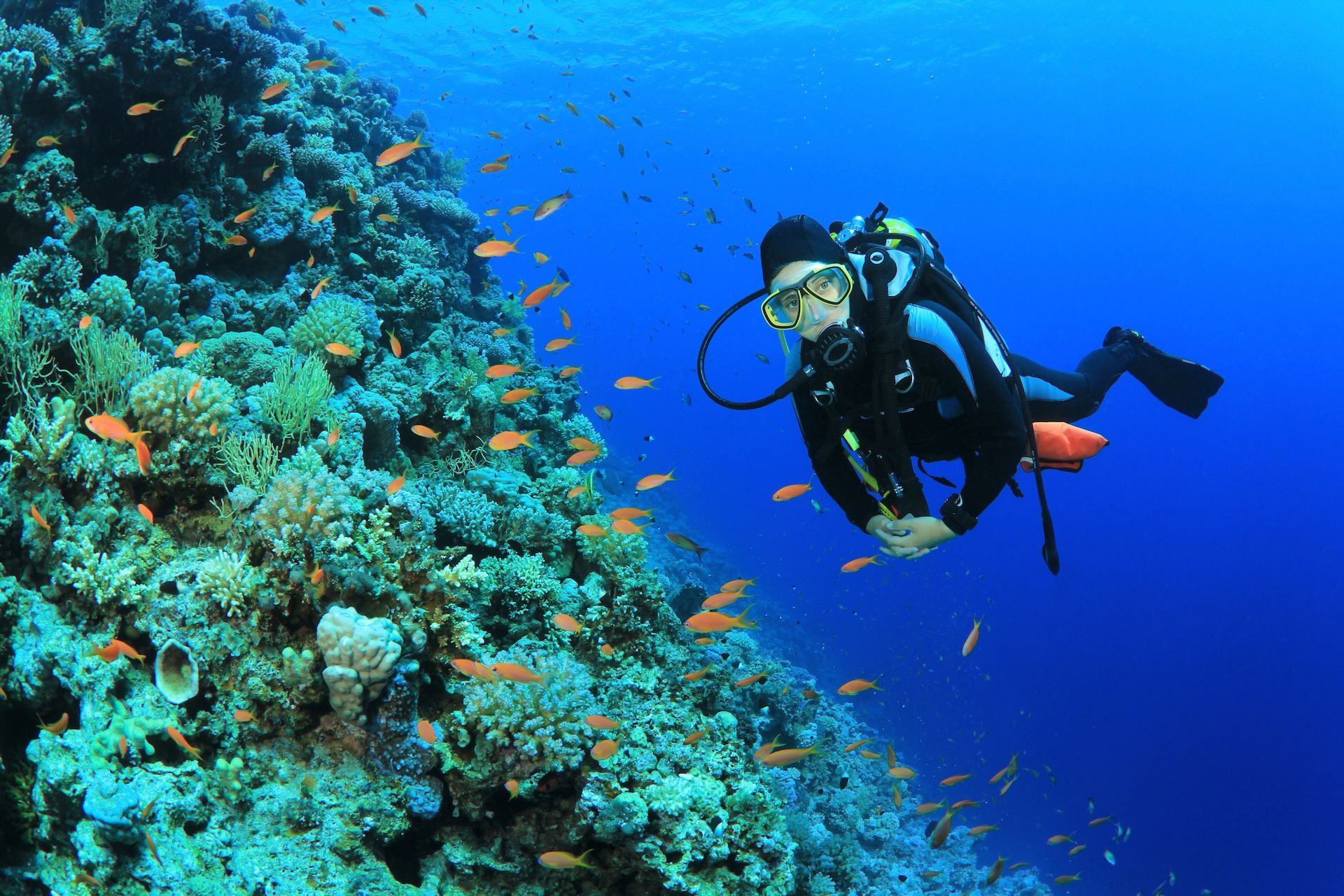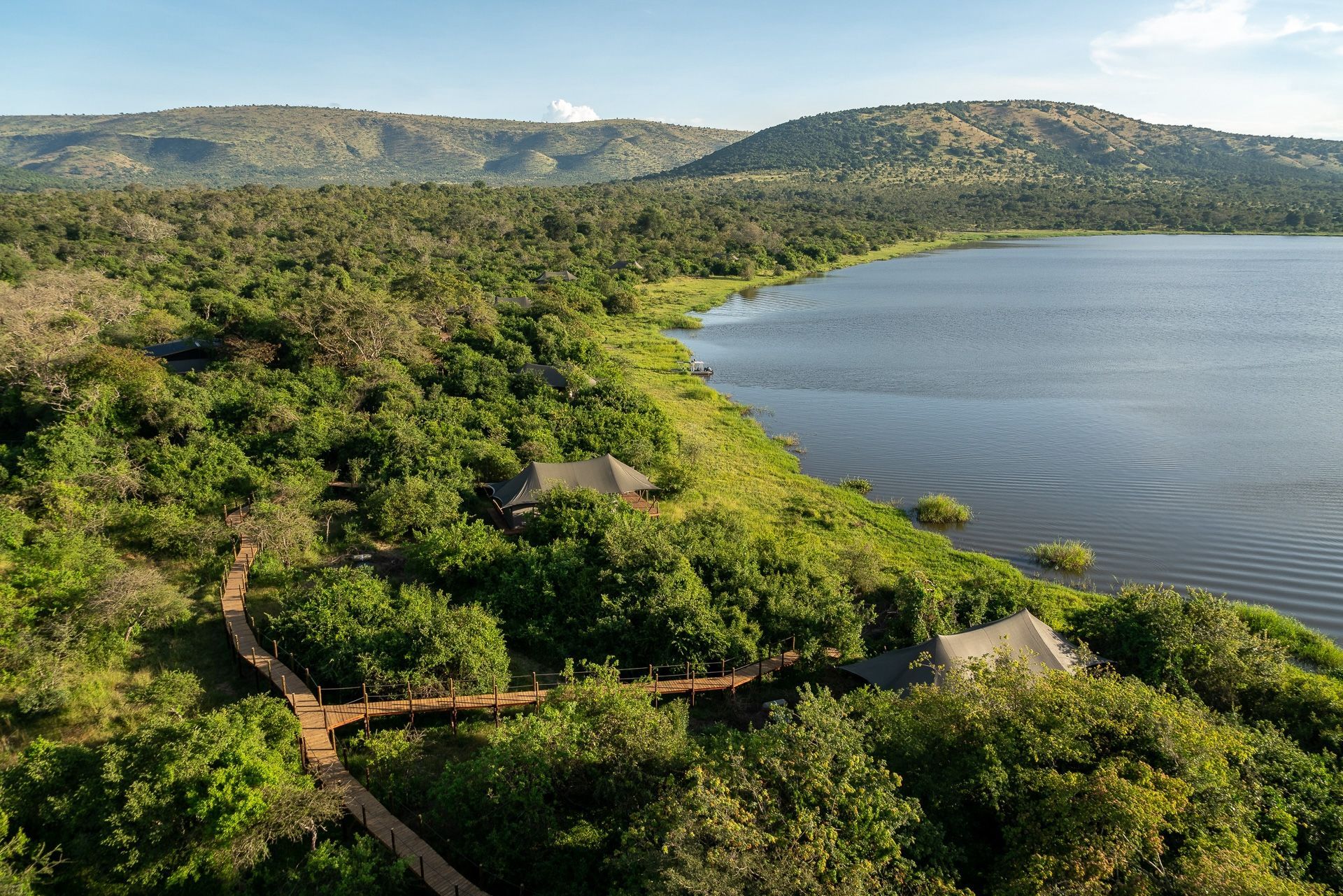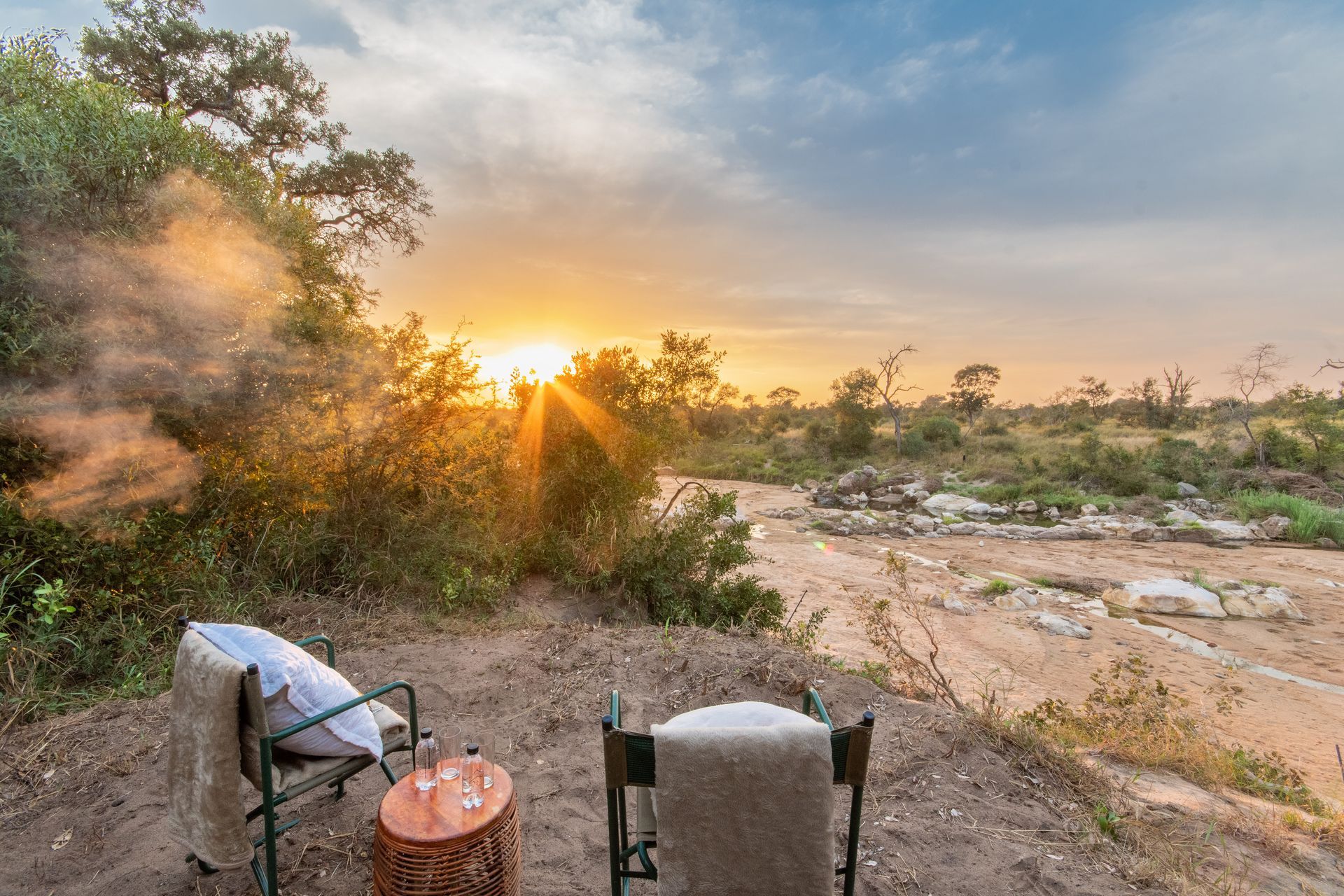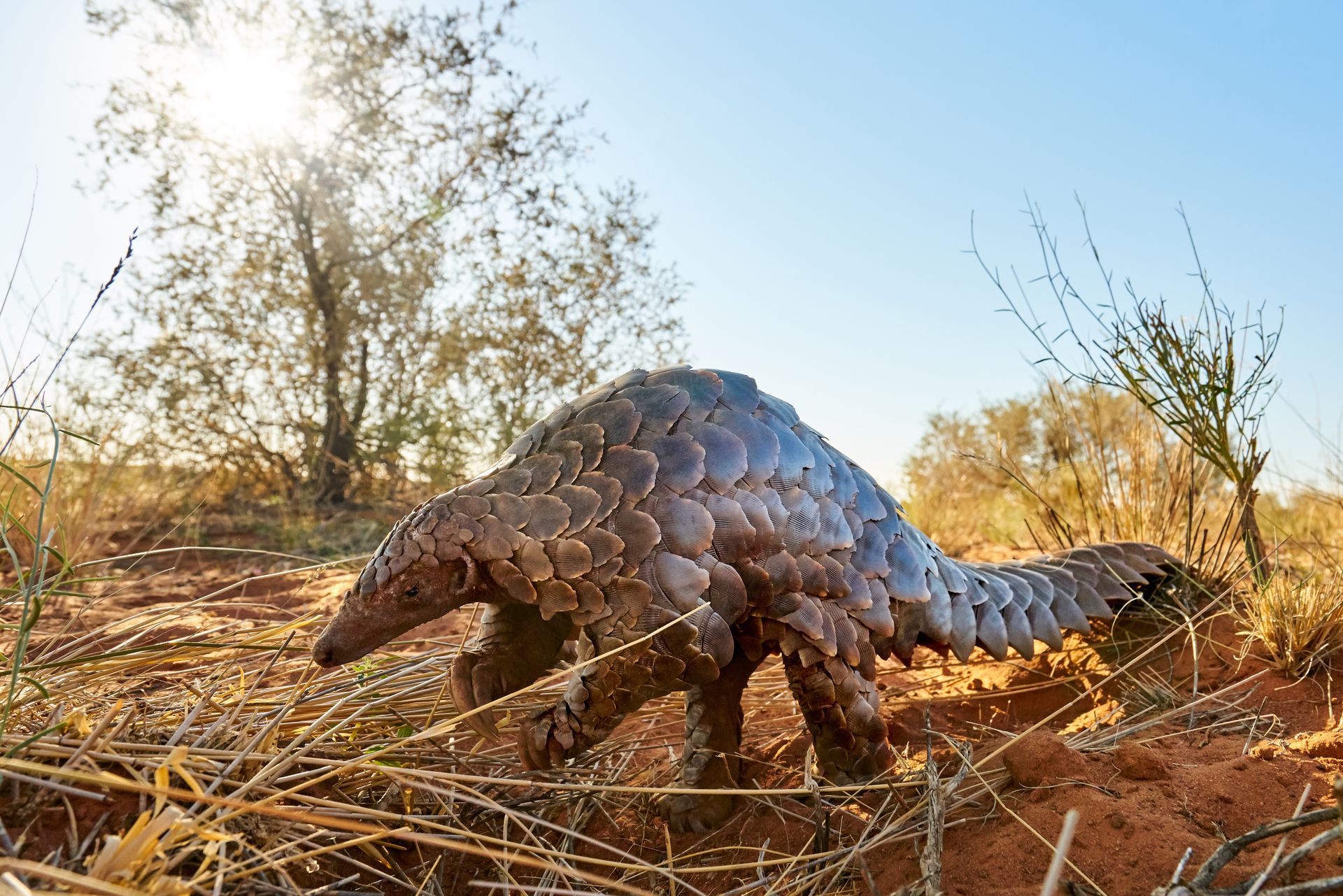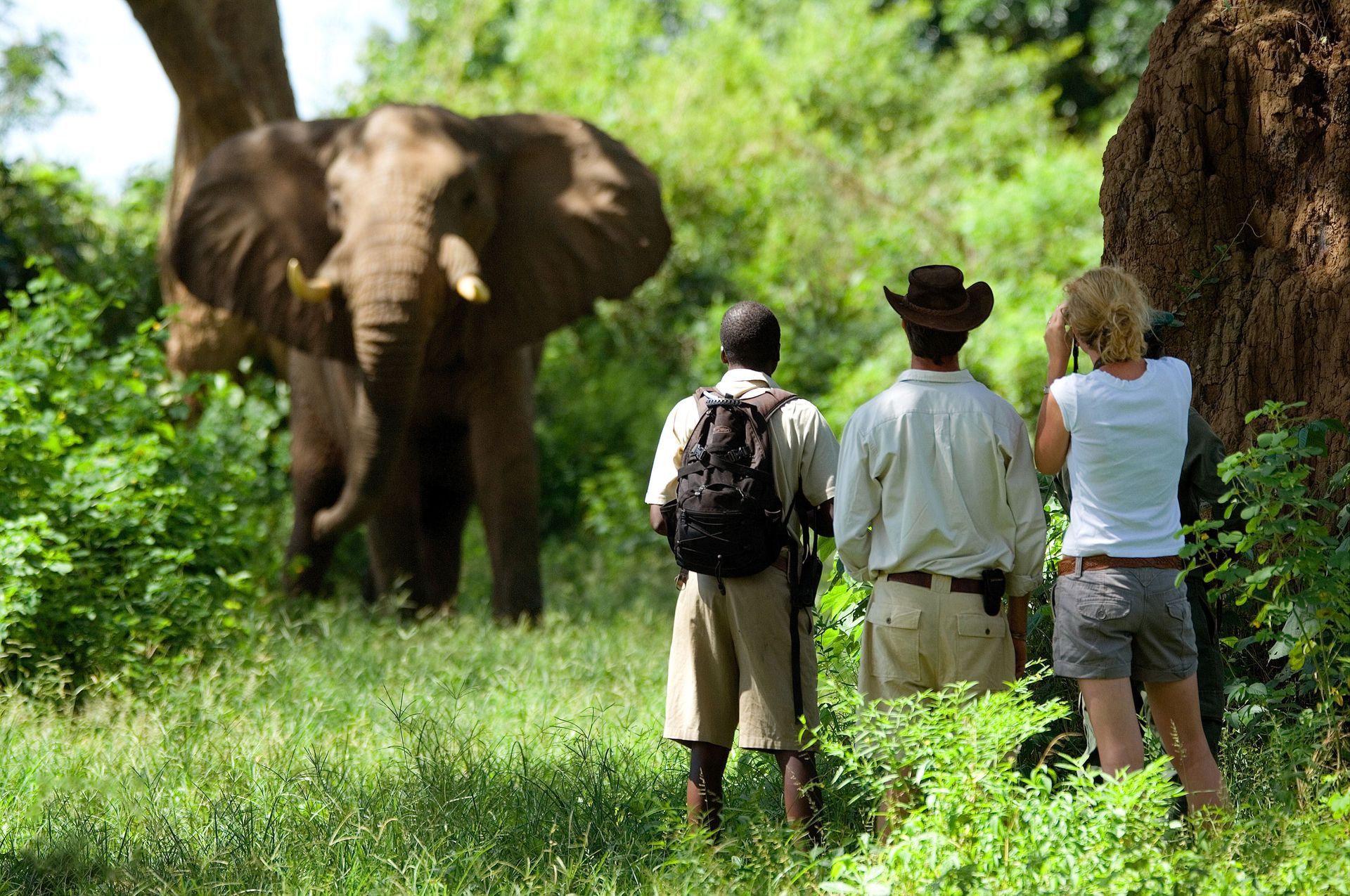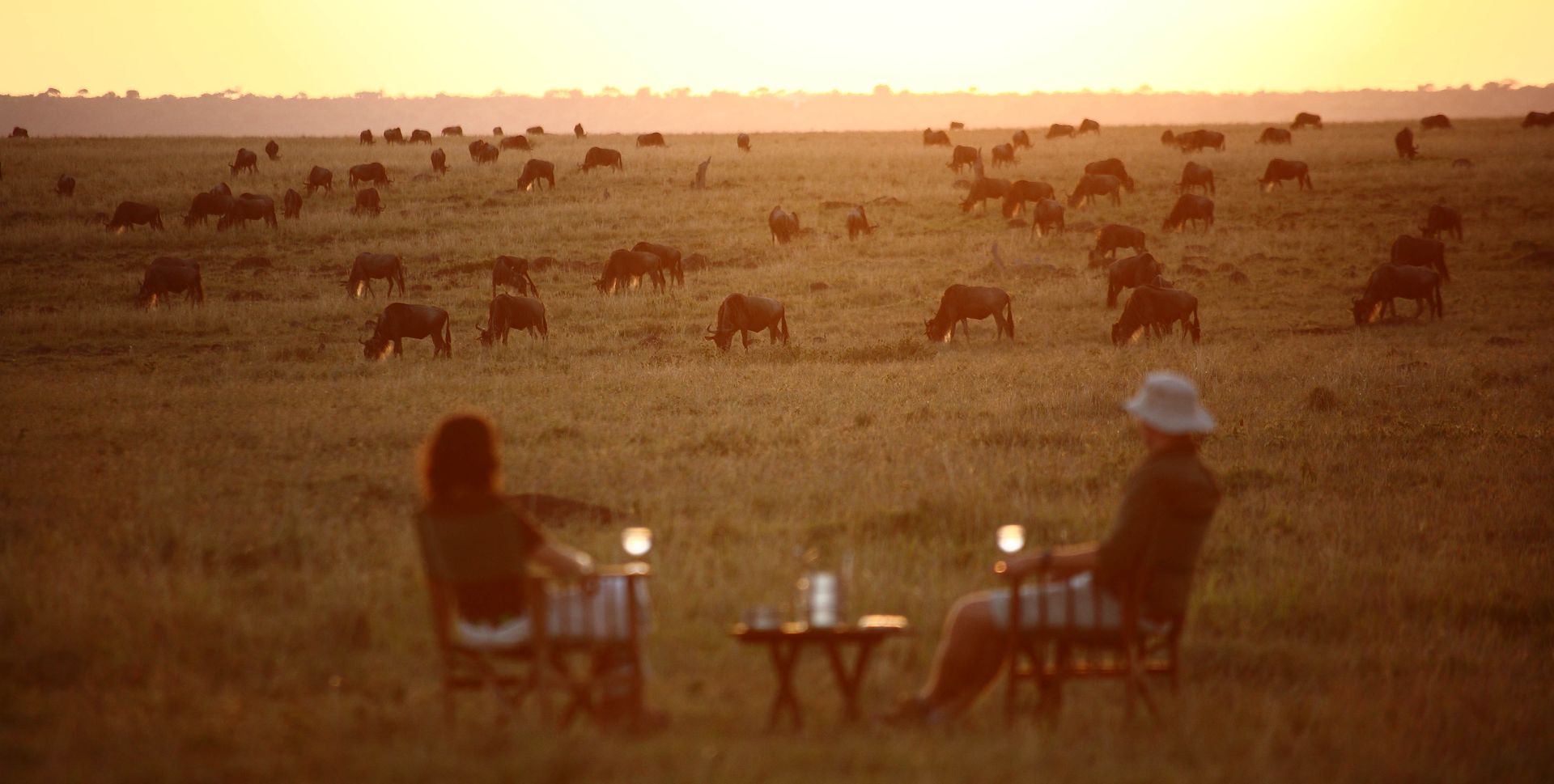BIG, BOLD & BEAUTIFUL - DISCOVER THE KAFUE!
Zambia's Kafue - putting the "wild" into wilderness!
It's the second largest wildlife sanctuary on the planet and covers 22,400 square kilometres (that's 8,650 square miles for our friends in the US of A) of remote, untouched Zambia. Add in the game management areas around it and you get a whopping 40,000 square kilometres of protected land that's just the way it was when our ancestors were first learning to stand upright. This is the Kafue National Park. Heard of it? Then read on...
These impressive stats do nothing to convey just how vast the Kafue is and it's not until you fly over and into it that it begins to dawn on you that you're heading somewhere truly special and truly, honestly "Wild" with a capital W. It's a chunk of Southern Africa we absolutely love, so let's do a bit of editorial exploring with you and introduce you to some of the hot spots and reasons that make the Kafue an absolute must on any Zambian safari.
A bit of geography...
Sit up straight, class and let's have a bit of attention now. We're going to learn some stuff. The park is named for the Kafue River that bisects a northern section of it and forms part of its eastern border before being arrested at Itezhi-Tezhi dam and sent off eastwards to meet the mighty Zambezi just north of Chirundu.
Up in the north of the park are the Busanga Plains, a jaw-dropping swathe of grass-filled seasonal floodplains where the Lufupa River empties into the Busanga Swamps creating 72,000ha of prime game viewing. Interrupted by palm groves, low islands of riparian trees, beds of papyrus, open waterways and lagoons and rich, riverine vegetation the Busanga Plains are wildlife central in Kafue terms. You'll trip over huge herds of buffalo, roan, wildebeest, puku, red lechwe, defassa waterbuck, lots of lion and more than a few hyena. The birdlife is off the charts.
Further south and east of the Kafue River lies the Musekese region of the Kafue, a huge 2,800 square kilometre swathe of prime wilderness that today is one of the most wildlife-rich areas of the park. The area around what's known as Eden Lagoon (yup, it's paradise, what can we say?) is home to huge herds of elephant, bush pig, plenty of lion and quite a few leopard!
The central area of the park is fed by the Lunga and Lufupa Rivers as well as the Kafue, so this is where you'll get all the river action and can see many of the more than 500 bird species the park is home to.
In the south-east Itezhi-Tezhi - the glittering lake formed by the dam across the Kafue River that's home to hippo, crocodile and fish for Africa that also attracts a plethora of creatures of both leg and wing.
And in the deep south are the Nanzhila Plains, smaller and more diverse than the Busanga, dotted by dambos and ringed by miombo woodland and mopane forests with the odd baobab and acacia groves for good measure. It's where you'll find sable in large numbers, along with eland and plenty of other antelope species, as well as ellies and lions.
Exploring Eden...
Yes, we know, it's the paradise paradigm again, but honestly, the Kafue is pretty much as close as it gets to it. One of the reasons why it's relatively unknown in safari circles is that until a few years ago, access to the Kafue was limited to say the least.
Even though its a couple of hours' drive from Zambia's capital of Lusaka (and the Nanzhila Plains are the closest big five region to Livingstone, some three hours away by road) it really was wild country. And impossible to navigate without a 4x4. Which it still is, by the way, thanks to rich black cotton soil and lots of water for most of the year.
The best season to visit is the dry season between June and October each year. Most of the park is inaccessible during the rainy season (November to April/May) but it's one of the most spectacular places to be when it's green and lush and filled with summer migrant birds! There are camps that stay open all year round (or as long as possible, depending on the rains) but they are largely in the central to northern areas of the park and the deep south and around Itezhi-Tezhi.
The Busanga Plains are generally only accessible from July to November when the flood waters receded enough to allow a full array of activities and exploration. But you don't have to worry about what the weather is doing because that's our job. So we'll keep you abreast of the conditions and tell you when's best to go and whether to take wellies with you or a cozzie (or a wetsuit and snorkel).
Ab fab camps...
Irrespective of when you visit, the Kafue is home to some truly awesome camps, most of which are just the way we love 'em - small, intimate, owner-run and wonderfully authentic.
There's the truly spectacular Chisa Busanga with its bird-like nest rooms, Shumba out on an island in the middle of the plains and the gorgeous little Ntemwa Busanga and Busanga Bush Camps in the north.
Then there's Musekese Camp east of the river where the game viewing is spectacular, the swish Ila Safari Lodge on the Kafue River in the central region of the park, Nanzhila Lake Camp on Itezhi-Tezhi and Nanzhila Plains Camp in the deep south (we know, but no banjos, we promise). And a whole bunch more to fit most budgets!
More importantly, the Kafue is the perfect complement to a Zambian safari circuit that includes the South Luangwa National Park, Lower Zambezi National Park and, for those who really want to see the Victoria Falls, Livingstone. Have a look here at what a Zambian safari could look like with the Kafue included...
And then give us a call!
Text: Sharon Gilbert-Rivett
